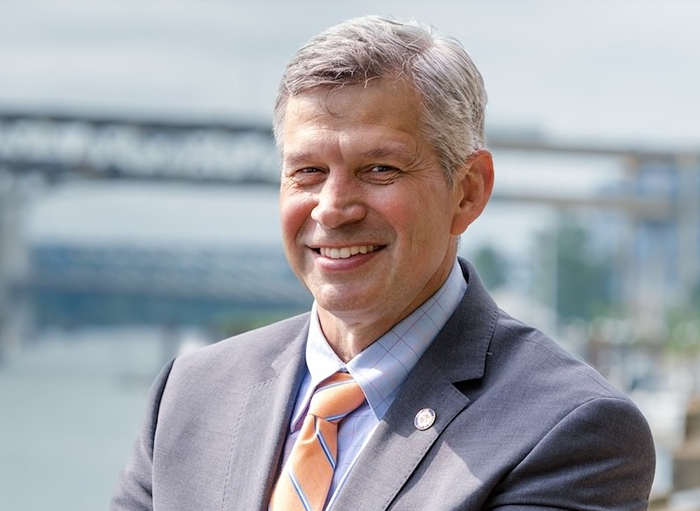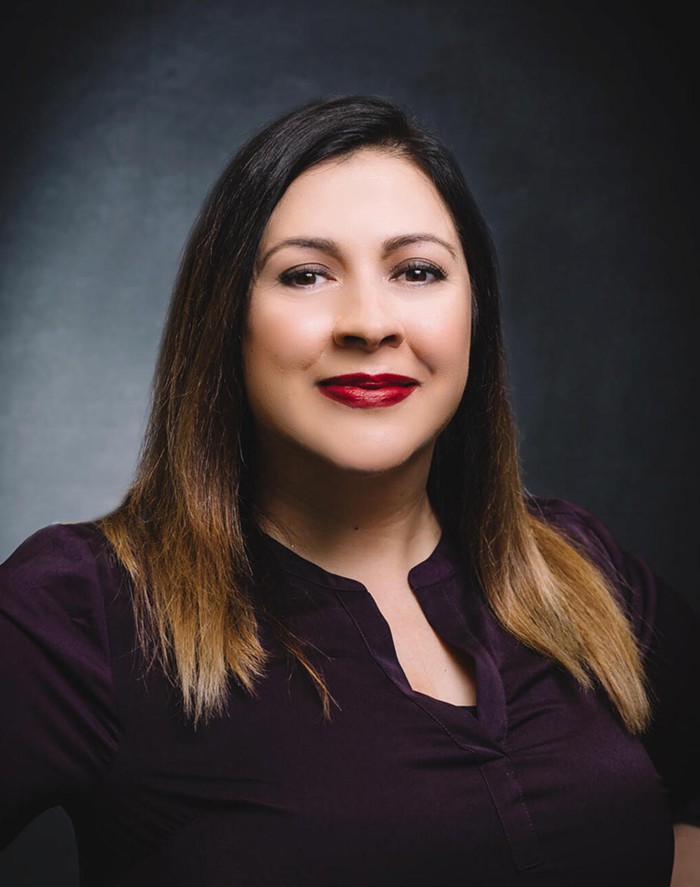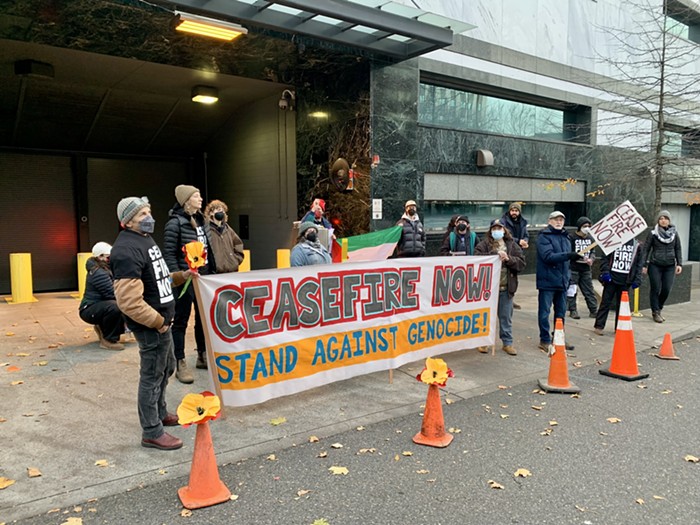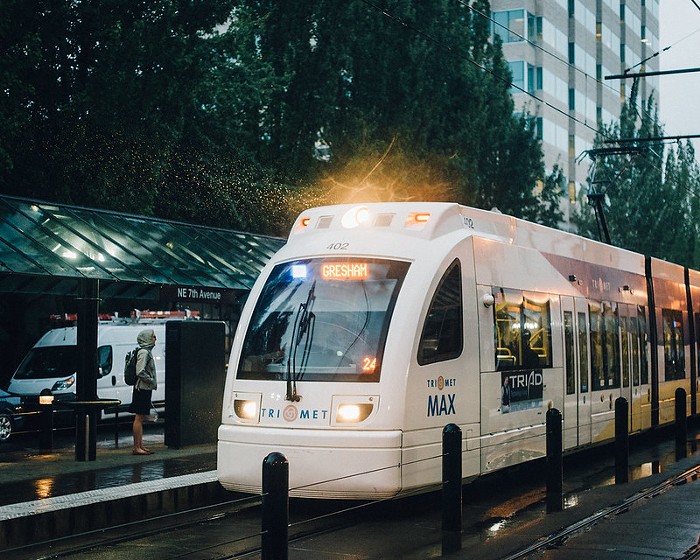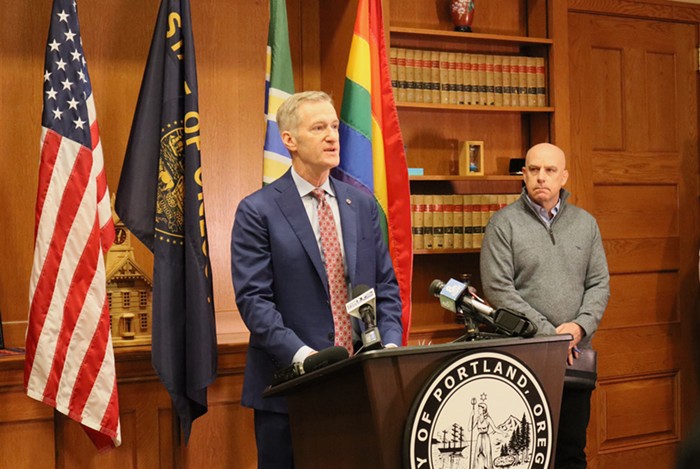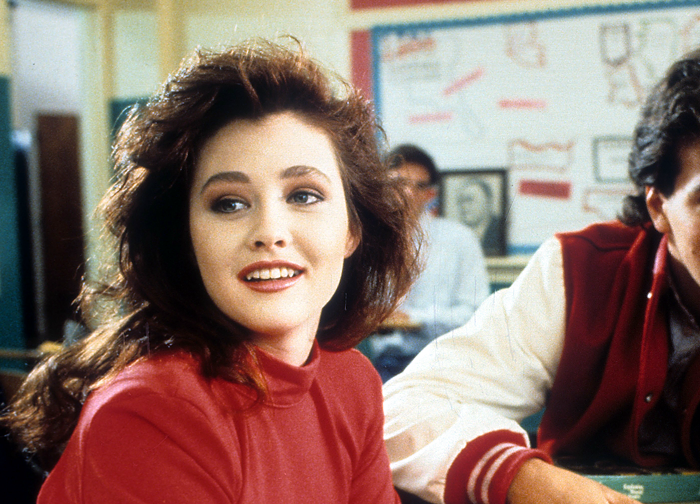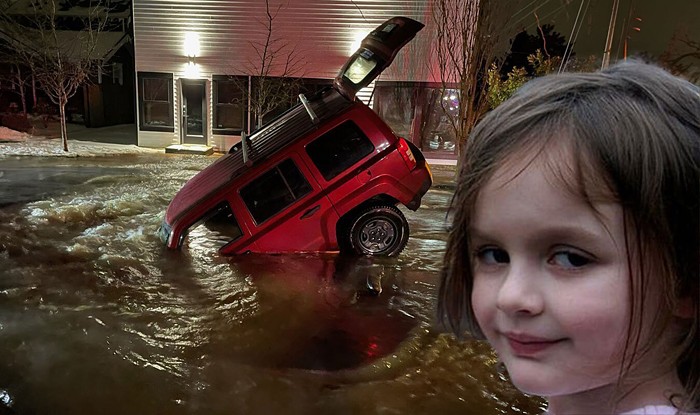WILL LEVENSON understands your fear.
The founder of the Human Access Project (HAP) remembers the first time he jumped into downtown Portland's Willamette River—how he kept his mouth shut tight, not wanting to let any water in. He knows many Portlanders feel the same way.
Levenson thinks he can change that.
"The minute you get in, your relationship with the river is immediately reconciled," he says. "This is not a battle of science. It's a battle of psychology."
After years of quietly removing chunks of mystery concrete from a stretch of shoreline on the southeast side of the Hawthorne Bridge, Levenson and his like-minded river worshippers at HAP got a huge boost earlier this month: Mayor Charlie Hales has set aside $300,000 from his "back to basics" budget to help create a public beach on the site.
It's a chance, Levenson says, to "unfuck something up." It's also not an easy sell. Portlanders are used to hearing tales about the Willamette as a Superfund site and sewage highway.
But Levenson's right, Portland. Science is on his side.
One day after Hales unveiled his proposed beach expenditure, the Oregon Health Authority (OHA) came out with a little-noticed report that should be enough to convince you to head to the water's edge this summer.
The report was the result of a 2014 request from Groundwork Portland, a group pushing for equitable and comprehensive clean up of industrial waste in Portland Harbor. And it's focused on Audrey McCall Beach, the name HAP has informally bestowed on that rocky stretch in honor of former Governor Tom McCall's wife.
Verdict: "Recreational use of Audrey McCall Beach will not cause harm to the health of the public—even sensitive populations such as children and pregnant women."
The OHA's rationale breaks down like this: We've known since 2011—when Portland completed the Big Pipe project and largely eliminated sewage overflows—that the Willamette is safe to swim in. And while it's true that the muck on the bottom of the river contains problematic compounds, the state says that's not a concern for potential beachgoers. That stuff is "located out into the river where people can't reach it."
Which leaves the beach itself, which isn't ideal. It's in the heart of a city. People sometimes camp nearby. There might be stray shards of glass.
But the shoreline's also not fear-inducingly toxic. The OHA report says you should be fine as long as you wear footwear, bring a towel, and don't eat the sand (DON'T EAT THE SAND). Even lead-sensitive little children are in the clear, so long as they're not beach bumming around Audrey McCall Beach every day.
The situation is only going to improve. Portland General Electric, which for decades had wharves at the site, will cap remaining pollutants in a year or two, meaning the minimal existing risk is on its way out.
The OHA's findings aren't convincing everyone. Groundwork Portland, which asked for the report, says it's dubious that there will ever be a "non-industrial use of the river."
I disagree. Swimming season's approaching, and Portland's finally about to have a beach.

